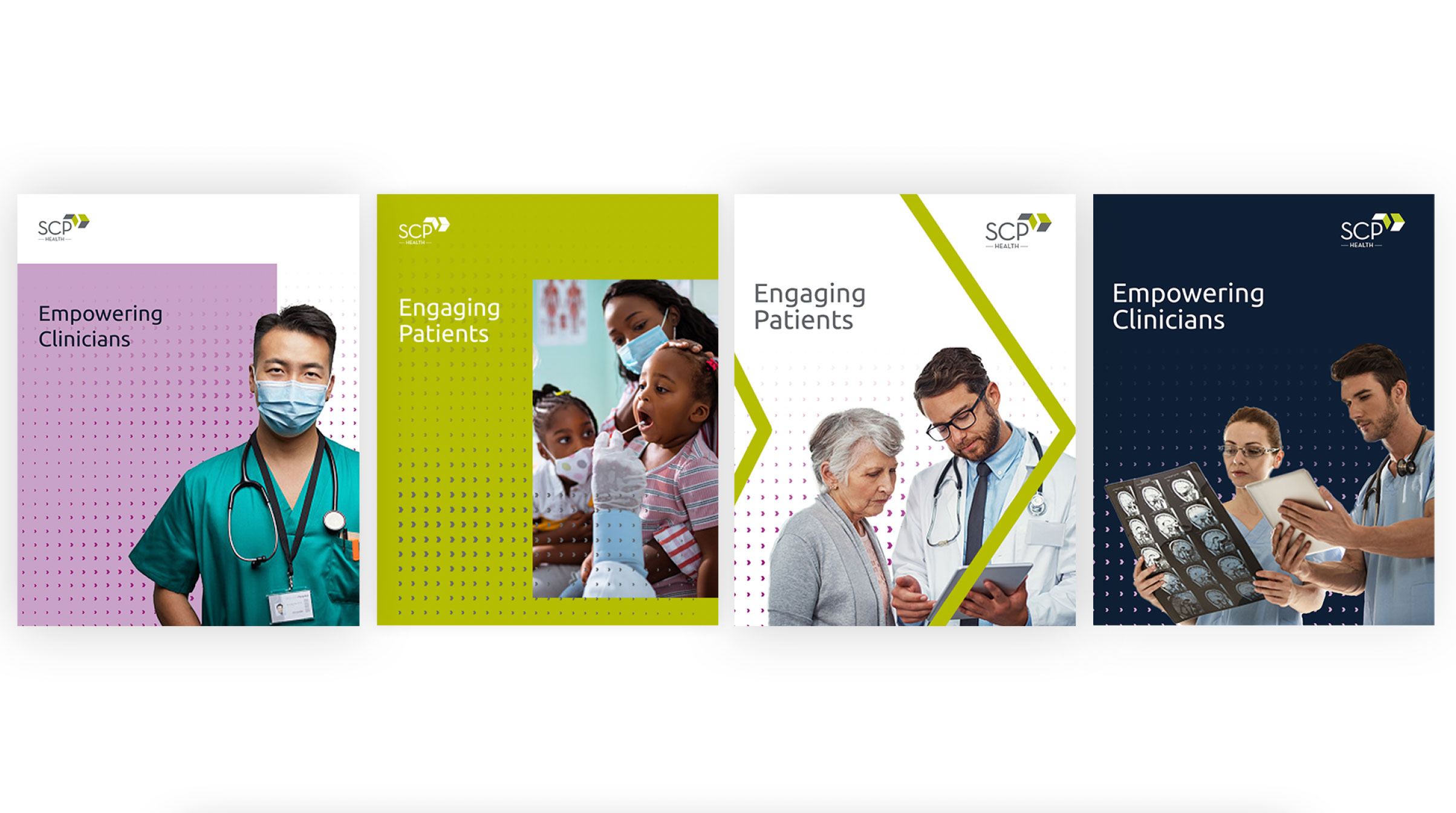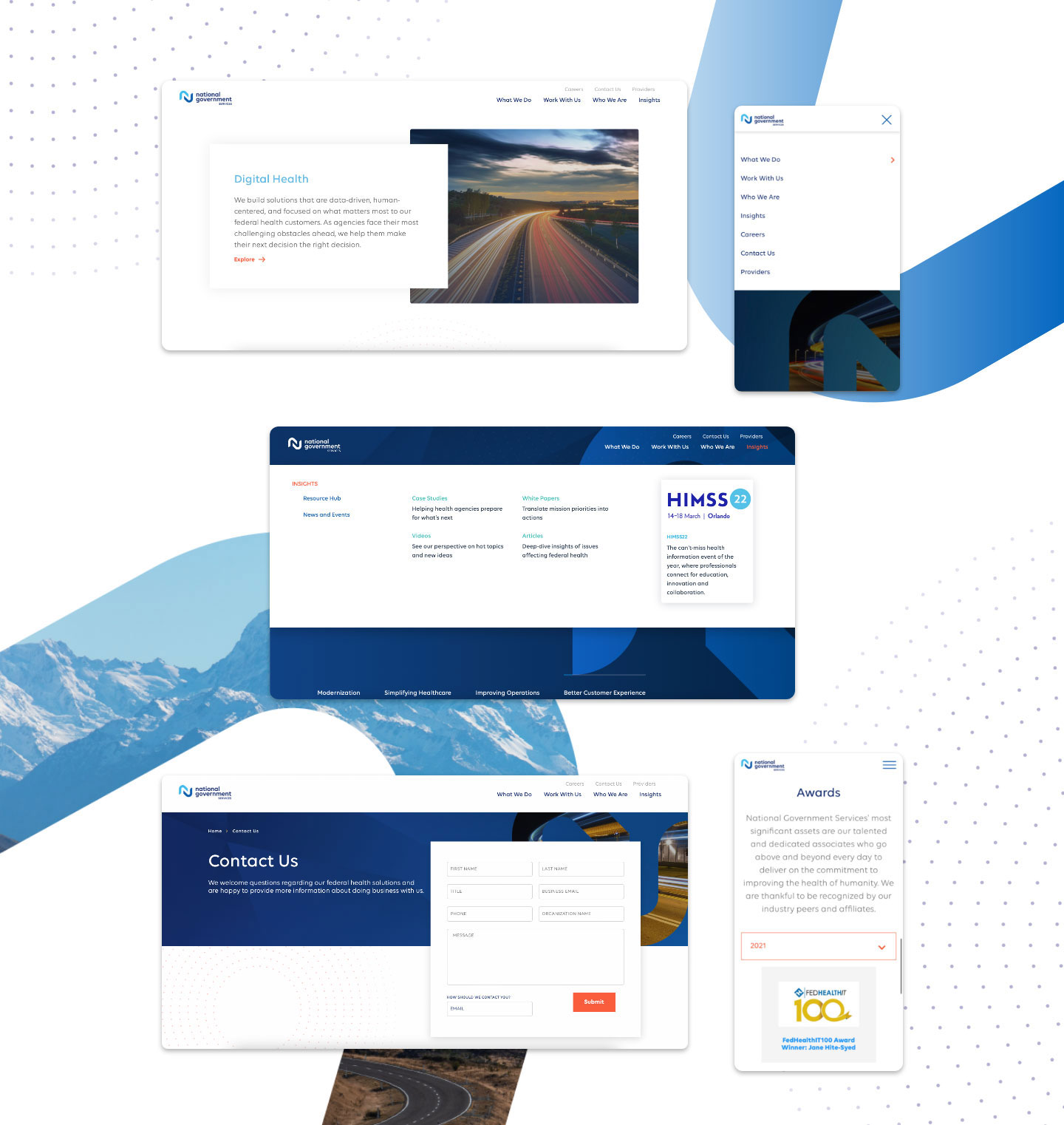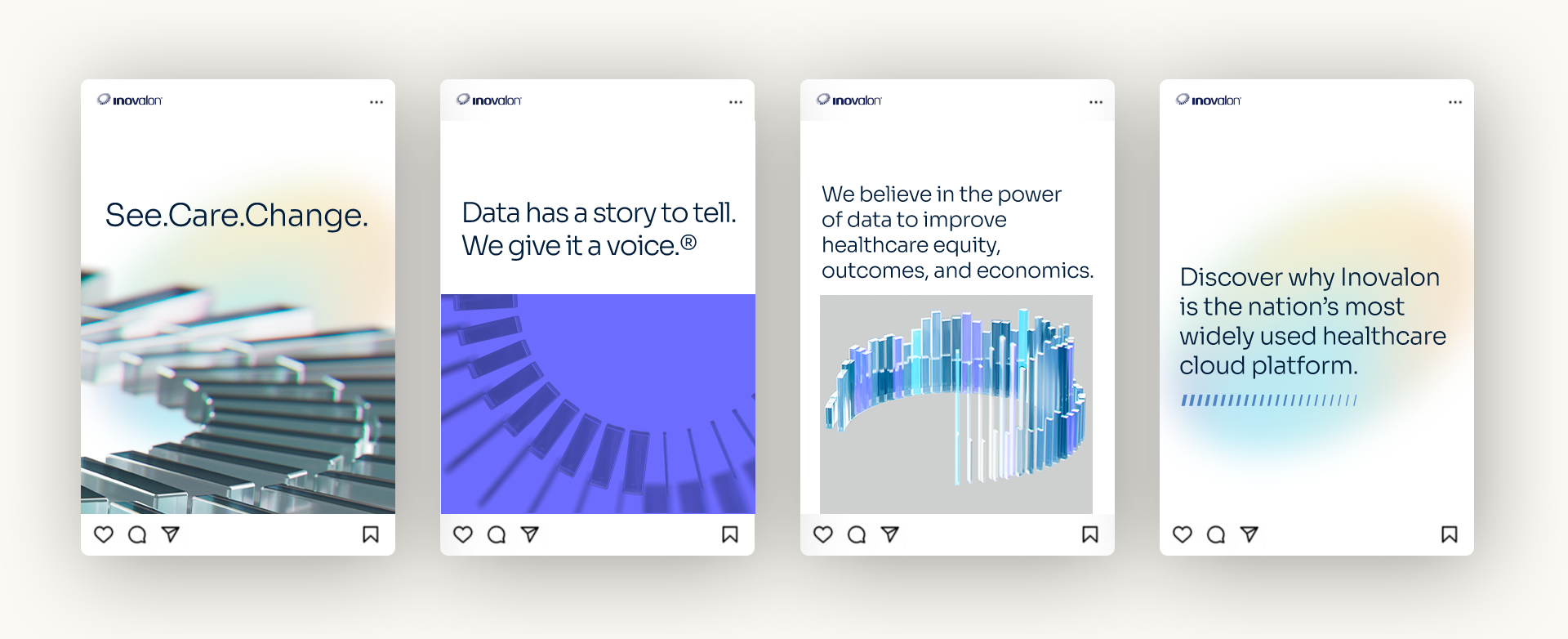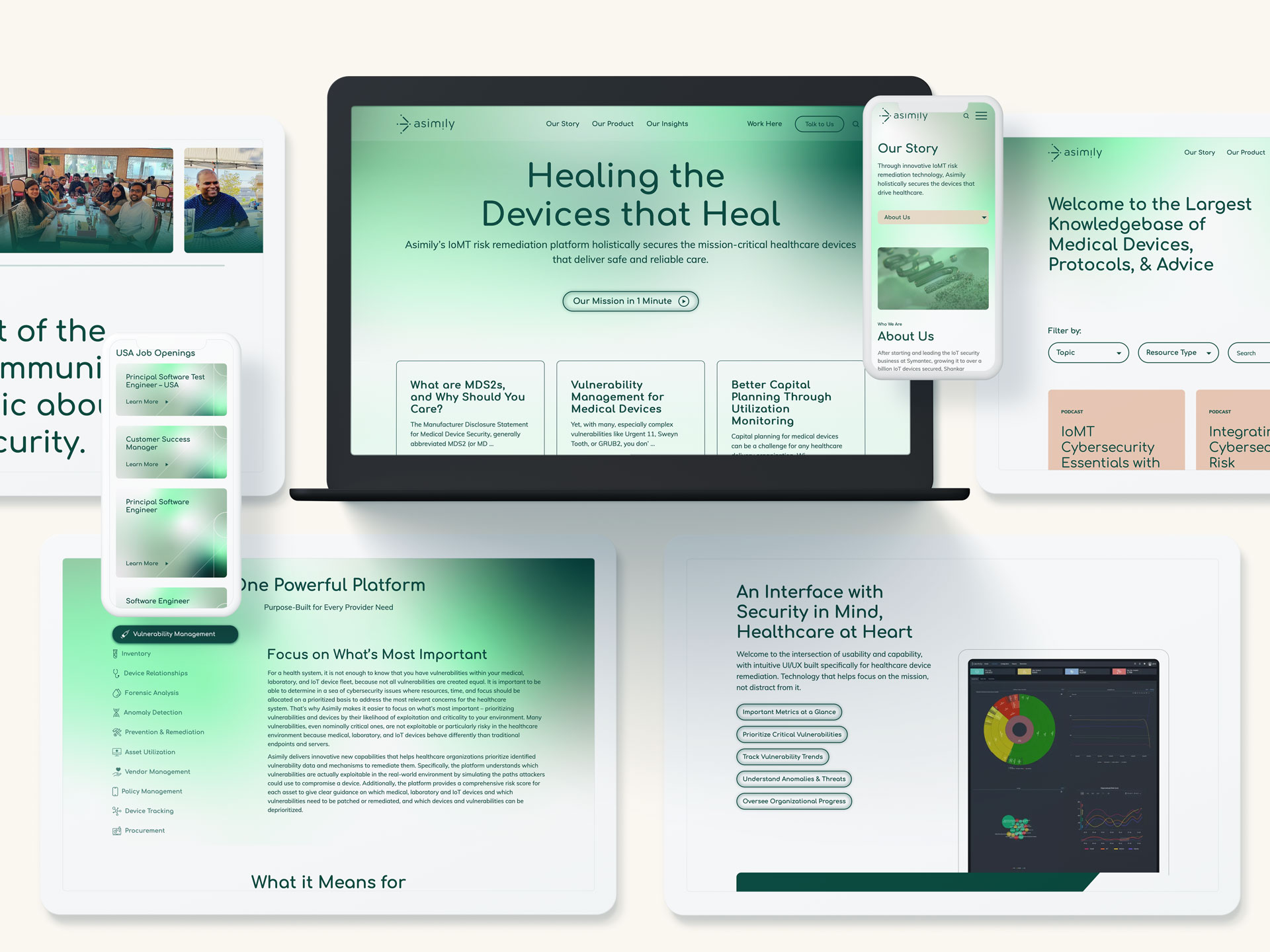The healthcare industry is undergoing a digital revolution, with technology increasingly central to patient care, data management, and hospital operations. For healthcare technology firms, this transformation presents a unique opportunity to connect with hospitals, clinics, and healthcare networks. However, breaking through to this market demands a targeted approach that emphasizes trust, addresses sector-specific needs, and communicates real-world value. This post dives into actionable strategies for reaching B2B healthcare audiences and building partnerships that support the industry’s vital mission.
Understanding the B2B Healthcare Landscape
Unlike many other B2B sectors, the healthcare market is defined by strict regulations, a focus on patient outcomes, and multi-layered decision-making processes. Stakeholders in hospitals and healthcare networks are cautious about adopting new technology, primarily because of high-stakes concerns around patient safety, data privacy, and operational compatibility. To successfully navigate this landscape, healthcare technology firms need a deep understanding of these priorities and a commitment to building trust.
A critical first step is to recognize that decision-makers, from C-suite executives to department heads, are evaluating technology not only for its features but also for its ability to integrate seamlessly into existing infrastructures and improve long-term patient outcomes. Demonstrating an awareness of industry pain points—such as budget constraints, regulatory requirements, and the need for interoperability—sets a strong foundation for engaging these audiences.

Crafting Relevant Messaging for Healthcare Audiences
Effective healthcare marketing begins with messaging that speaks directly to healthcare providers’ specific concerns. Hospitals, clinics, and healthcare networks are focused on improving patient outcomes, reducing costs, and ensuring compliance with regulations. Marketing content that emphasizes these values will resonate far more than generic tech-driven language.
To appeal to healthcare professionals, highlight how your solution addresses critical challenges. For instance, a data analytics platform for hospitals might prioritize HIPAA compliance, seamless integration with electronic health records (EHR) systems, and real-time patient monitoring. Position your product as a partner in improving patient care rather than just another tech solution. Including testimonials, case studies, or data points that underscore proven results can enhance credibility and illustrate tangible benefits.

Building Digital Marketing Channels for Maximum Reach
Reaching healthcare decision-makers requires a strategic selection of digital channels, as traditional B2B approaches may not have the same impact. LinkedIn is essential for healthcare marketing, as it’s where professionals actively engage with industry-specific content. Utilize LinkedIn’s advanced targeting to reach executives, department heads, and procurement professionals who play a role in tech adoption decisions.
In addition to LinkedIn, hosting webinars tailored to the healthcare industry allows potential clients to engage with your product directly. Consider creating webinars focused on regulatory compliance, cost savings, or enhanced patient care enabled by your technology. This format not only provides an opportunity to answer questions in real-time but also builds trust by demonstrating your team’s knowledge of healthcare needs.
Email campaigns remain highly effective but should be crafted carefully to avoid information overload. Segmenting email lists by role—such as clinical leadership, IT administrators, and procurement officers—enables you to send tailored content that speaks to each audience’s specific priorities. Whitepapers and in-depth case studies can also be promoted through email, providing a resource that healthcare professionals can review at their own pace.

Leveraging Thought Leadership and Content Marketing
In healthcare marketing, establishing authority through thought leadership is critical. Thought leadership shows that your brand is not only knowledgeable but committed to contributing to the broader conversation around healthcare improvements. Regularly publishing informative, research-backed content—whether through blogs, industry journals, or social media—can help position your firm as an industry authority.
To create impactful thought leadership, address current healthcare challenges in your content, such as data security concerns, the shift toward value-based care, or the role of artificial intelligence in diagnostics. Collaborating with healthcare professionals for interviews, insights, or guest articles can also lend credibility and provide authentic perspectives that resonate with readers.
Whitepapers, case studies, and research reports are particularly valuable, as healthcare decision-makers tend to rely on in-depth analysis when considering new solutions. Distributing these materials on your website, via email campaigns, or through targeted LinkedIn ads can increase visibility among your ideal audience.
Optimizing for Mobile and Digital Health Trends
Healthcare professionals are increasingly reliant on mobile technology, both for patient interactions and professional information. Marketing content optimized for mobile devices can make a substantial difference in engagement, as busy healthcare professionals often access information on the go. Mobile-friendly design, short-form video content, and infographics cater to these needs by providing digestible, quick-access information.
Digital health trends, such as telemedicine and wearable health tech, are on the rise and impacting how healthcare organizations approach patient care. By aligning your marketing strategy with these trends, your brand can present itself as forward-thinking and attuned to the future of healthcare. For instance, case studies that explore successful telehealth implementations can resonate with hospitals considering similar initiatives.
Consider creating educational resources that highlight how your technology aligns with these digital trends. By positioning your product as an enabler of mobile and digital health solutions, you appeal to organizations focused on meeting modern healthcare demands.

Measuring and Adapting Strategies
For healthcare marketers, data-driven insights are essential for refining strategies and proving ROI. Measuring metrics like lead generation, engagement rates, and conversions can shed light on what resonates with healthcare audiences and where adjustments are necessary. Establish a feedback loop that gathers insights from sales teams, client feedback, and industry developments to continuously optimize your approach.
In addition to quantitative metrics, qualitative feedback from healthcare clients can provide invaluable insight. Healthcare technology is a fast-evolving field, and understanding the specific preferences and pain points of your target audience helps you stay ahead of the curve. Regularly reviewing and adapting your strategies based on these insights demonstrates your firm’s commitment to understanding and meeting the needs of healthcare providers.
Building Lasting Connections in Healthcare Marketing
As healthcare technology continues to evolve, the opportunities to create lasting connections with hospitals, clinics, and healthcare networks will only expand. With the right approach—rooted in credibility, tailored messaging, and an understanding of industry trends—healthcare marketers can effectively reach and resonate with their target audiences. Adopting a digital-first mindset and embracing mobile, data-driven strategies will further enhance your ability to engage this essential market.


